At the dawn of an era where eco-responsibility is in harmony with elegance, the fashion industry is reinventing itself. Leather alternatives are now taking on their full glory, in response to the environmental aspirations that unite consciences . It is in this vast panorama that one of the most innovative trends is emerging: leather alternatives. At the heart of this creative transformation, two alternatives capture our attention: Vegea and MuSkin.
Originating from Italy, Vegea embodies the avant-garde of plant-based material production. Ethical and innovative , this house transcends the boundaries of what is possible by giving life to a material similar to animal leather , without the damaging imprints . By ingeniously exploiting residues from the vine, Vegea offers an alternative that combines environmental virtue and prestige . The unrivaled quality and increased sustainability of this plant treasure make it an irresistible choice for fashion houses seeking flawless ethics .
On the other hand, MuSkin embodies a harmony between fashion and nature. Born from the bowels of the earth, this alternative to leather is based on mycelium , the vegetative part of mushrooms. MuSkin, soft, supple, and naturally elegant, evokes animal leather without its compromises. This jewel of eco-friendly ingenuity is conquering the fashion industry with a constant rise, illustrating how nature itself can be transformed into a masterpiece.
An epic is being written, that of alternatives to leather, fusions of style and responsibility.
The brilliance of leather alternatives
Fashion's Green Horizon: The Rise of Leather Alternatives
Over the years, the fashion industry has become aware of the environmental impact of animal leather production. Intensive farming, excessive water consumption, and the use of harmful chemicals have generated awareness , prompting many brands to shift their focus towards more sustainable horizons . This is how innovative gems have emerged, embodying true ecological alternatives to traditional leather .
Sustainable alternatives to leather, with captivating relevance, are born from agricultural by-products or natural materials . These pearls of creativity skillfully transform to display the same alluring attributes as animal leather, without the disadvantages of traditional leather farming and production. A symphony of respect for the planet then unfolds, as these alternatives embody a more environmentally friendly approach, reducing their water footprint and minimizing the creation of unnecessary waste.
The growing demand for sustainable alternatives to leather has fueled innovation. More and more creative companies are seeking to develop new materials and manufacturing techniques to meet the needs of consumers who want more environmentally friendly options. From this emulation, magnificent alternatives are born, like Vegea and MuSkin.
Vegea: Grape skin
Designed by the Italian company Vegea®, grape skin , an alternative to leather, embodies the union between delicacy and resistance. This bold innovation, which combines exceptional durability with unparalleled quality , takes shape from the residues of the wine industry : skin, seeds and stems.
Italy, the cradle of this beneficial creativity, produces abundant wine harvests annually, thus generating a profusion of grape marc. In an environmentally conscious approach, Vegea® transforms these residues into a powder, combining these particles with vegetable oil, bio-PU and recycled polyester. This is how grape skin is born, an alternative exceptional animal leather, which embodies the rebirth of a cycle that respects the Earth.
Accompanied by certifications including Global Recycling and REACH Compliance, grape skin is free from toxic chemicals , substances harmful to humans and the environment, solvents, and heavy metals. It competes brilliantly with animal leather, offering robustness and longevity that appeal to discerning connoisseurs. Grape skin thus reveals the alliance between refinement and respect for our precious planet.
Like a perfect blend of innovation and luxury, Vegea enters the automotive scene . A renowned brand has made a bold and visionary choice for the interior of its latest electric creation. The choice of this alternative to leather by an iconic brand testifies to the growing maturity of these eco-friendly materials , which successfully merge prestige with a commitment to the planet. This foray marks another step towards a future where sumptuous aesthetics and environmental responsibility intertwine to redefine the standards of modern luxury. A tangible proof that refinement is not only a question of material, but also of vision and conviction .
|
At Lérisa , elegance takes on a whole new dimension. Lérisa is a leather goods brand where elegance, high quality and ecology come together. Our signature material, grape skin , reveals unparalleled splendor, combining the lush suppleness of leather with a reduced environmental footprint. You'll discover a carefully crafted collection , where each piece tells a story of eco-friendly innovation. From hemp rope and plant-based glue to linings made from ocean plastic, every detail is a step toward a more sustainable future. Our French artisans, imbued with expertise and passion, craft each piece by hand, bringing to life creations that tell a story of authenticity and craftsmanship. Discover our collection and let yourself be seduced by the fusion of elegance and durability. |
MuSkin: The mycelium of fashion
MuSkin , a true revolution in the field of leather alternatives, is emerging as an eco-responsible choice by ingeniously using mushroom skin to create an ecological material. This innovative material draws its substance from mycelium , the vegetative part of our fungal friends. Harvested and transformed, the mycelium transforms into a most attractive alternative to animal leather.

MuSkin boasts many similarities with animal leather . It is soft , supple and breathable , and has a texture and aesthetic reminiscent of traditional leather. However, the major difference lies in its creation process, free from animal farming, making its mark in a more respectful approach to our ecosystem.
The MuSkin manufacturing process also stands out for its resource-saving properties compared to animal leather . The mushrooms thrive quickly, requiring less water and space than their bovine counterparts, which are used in leather production. Most remarkable is the absence of harmful chemicals in the MuSkin creation process, which thus preserves the environment.
Many haute couture houses have already embraced this sustainable alternative to animal leather to design items that respect our planet, while maintaining the quality and aesthetics of traditional leather .
Cork: the ethical appeal of cork oak bark in fashion
Cork , this natural treasure often associated with wine stoppers and other creations, also proves to be an alternative to animal leather. Its creation draws its essence from the bark of the cork oak , in a process that does not involve felling the tree, thus giving cork an environmental ethic and cruelty-free.

Cork offers many benefits. It is soft , flexible and durable . Cork is manufactured without the use of harmful chemicals. and is less energy-intensive, a very different facet from animal leather production. Cork is very lightweight , making it ideal for use in clothing and accessories. It has thermal insulation properties , making it suitable for winter clothing and accessories. In addition, it is often considered hypoallergenic because it generally does not contain allergenic substances commonly associated with animal leather.
However, the durability of cork can vary depending on the quality and care taken in its manufacture. Some may show signs of wear more quickly than their counterparts.
Despite its distinctive texture, cork cannot exactly replicate every nuance of animal leather. Additionally, it can sometimes be more susceptible to scratches and marks, although this susceptibility may depend on the treatment and finish applied.
Cork is an alternative to leather with distinctive characteristics: lightness , flexibility , water resistance , and breathability . However, its durability and texture can vary.
Piñatex: Pineapple leaves as an alternative to leather
Piñatex is a leather alternative that takes root in pineapple leaves , transforming these agricultural waste into a nugget known as "pineapple leather." This material, fashioned from the fibers of pineapple leaves, offers the fashion industry an eco-friendly alternative .

The Piñatex creation process begins with the harvesting of pineapple leaves, followed by cleaning and extraction of the precious fibers. These fibers are then transformed into a leather-like material, intended for the creation of clothing, accessories, and leather goods.
Piñatex has many advantages over animal leather . First, its environmental impact is reduced , thanks to the judicious use of agricultural by-products, which would otherwise be considered waste. Piñatex is naturally breathable , instilling comfort absolute . Its light weight , compared to traditional leather, makes it a comfortable option for clothing and accessories. In addition, it eliminates the use of animal farming or chemicals.
However, it also has potential drawbacks, including its sensitivity to water . Although it can withstand light showers, Piñatex is not waterproof and can be damaged by prolonged exposure to water.
In terms of quality and robustness, Piñatex rivals traditional leather, offering strength and longevity . A leather alternative radiating benefits for ethical and sustainable fashion.

Apple Skin: the leather alternative made from recycled apple waste

Apple Skin has many advantages over animal leather . First and foremost, it reduces waste by using apple waste that would otherwise be thrown away, thus making its mark in a more environmentally friendly approach. Furthermore, it eliminates animal farming.
Mylo: Growing Sustainable Style from Mycelium
Mylo , a leather alternative par excellence, is developed from mycelium , the fascinating vegetative part of mushrooms. This innovative material paves a sustainable path as an alternative to animal leather , without sacrificing quality or aesthetics.
The story of Mylo begins with the careful cultivation of mycelium in a controlled environment . This fungal network evolves into a solid material, which then undergoes transformation to become a leather substitute. It is suitable for making clothing, shoes, bags, and other fashion items.

Mylo has many advantages over animal leather. It embraces a more environmentally friendly future through the use of renewable resources , with a smaller water and land footprint compared to animal leather production. Mylo is often praised for its breathability , an attribute that allows air to circulate freely through the material. This characteristic promotes a feeling of freshness , thus distinguishing it from synthetic materials.
When it comes to water resistance, it is essential to note that although the Mylo may exhibit some resistance, it is not waterproof . It can cope with light splashes, but prolonged exposure to water could damage the material. As for its reaction to UV rays, Mylo tends to resist fading better than some synthetic materials. However, prolonged exposure to sunlight may cause slight degradation over time.
Mylo is emerging as a promising alternative to leather, offering unique characteristics, including its ecological sustainability , flexibility and breathability .
Performance evaluation of leather alternatives
In the endless whirlwind of innovation and environmental awareness, a palette of alternatives to traditional leather is emerging , each with its own notes of character and uniqueness . When it comes to choosing a sustainable alternative to animal leather, durability and performance are important factors to consider . These materials must be able to withstand daily wear and tear , while offering similar quality and aesthetics to animal leather .
Vegea , revealing its origin in the residues of the wine industry, rises like a bouquet of ecological flavors, promising natural elegance and a breath of sustainability .
At its side, MuSkin stands out in all its splendor, evoking a deep connection with nature. This material, derived from mushrooms, combines simplicity with a unique texture and suppleness. A blend of refined rusticity.
Cork , on the other hand, carries the essence of the earth in its DNA. A plant symphony with breathable properties and water resistance , offering authenticity and relaxed elegance.
In the garden of leather alternatives, Piñatex blooms like an exotic flower, combining lightness with a touch of thermal insulation . An elegant creation that plays in harmony with the rhythm of nature, celebrating the union between style and responsibility .
Then, captivating the senses, the Apple Skin emerges, rooted in modernity while retaining a subtle reverence for tradition. A step forward in sustainability, the Apple Skin embodies the quiet force of evolution.
Finally, the Mylo reveals itself as a work of laboratory art, combining innovation and personality. Its sustained durability in the mycelium offers a unique tactile experience, testifying to the marriage between science and design.
The "L" Bag - Black
Each of these leather alternatives brings new meaning to conscious fashion, sparking a conversation where creativity embraces responsibility. Whether you prefer the rustic touch of cork, the sophistication of Vegea, or the ethereal embrace of MuSkin, there is no one-size-fits-all answer . Elegance knows no bounds; it simply dances with the symphony of our choices. One thing is certain: in this gallery of possibilities, ethical fashion is only just beginning to reveal its true splendor .
Also read :
Discover the power of plants: Grape skin
Ethical fashion: Why choose a vegan handbag ?
The committed accessory: The 5 essential characteristics of an eco-responsible handbag
Sustainable Fashion : 10 Tips for an Eco-Friendly Wardrobe

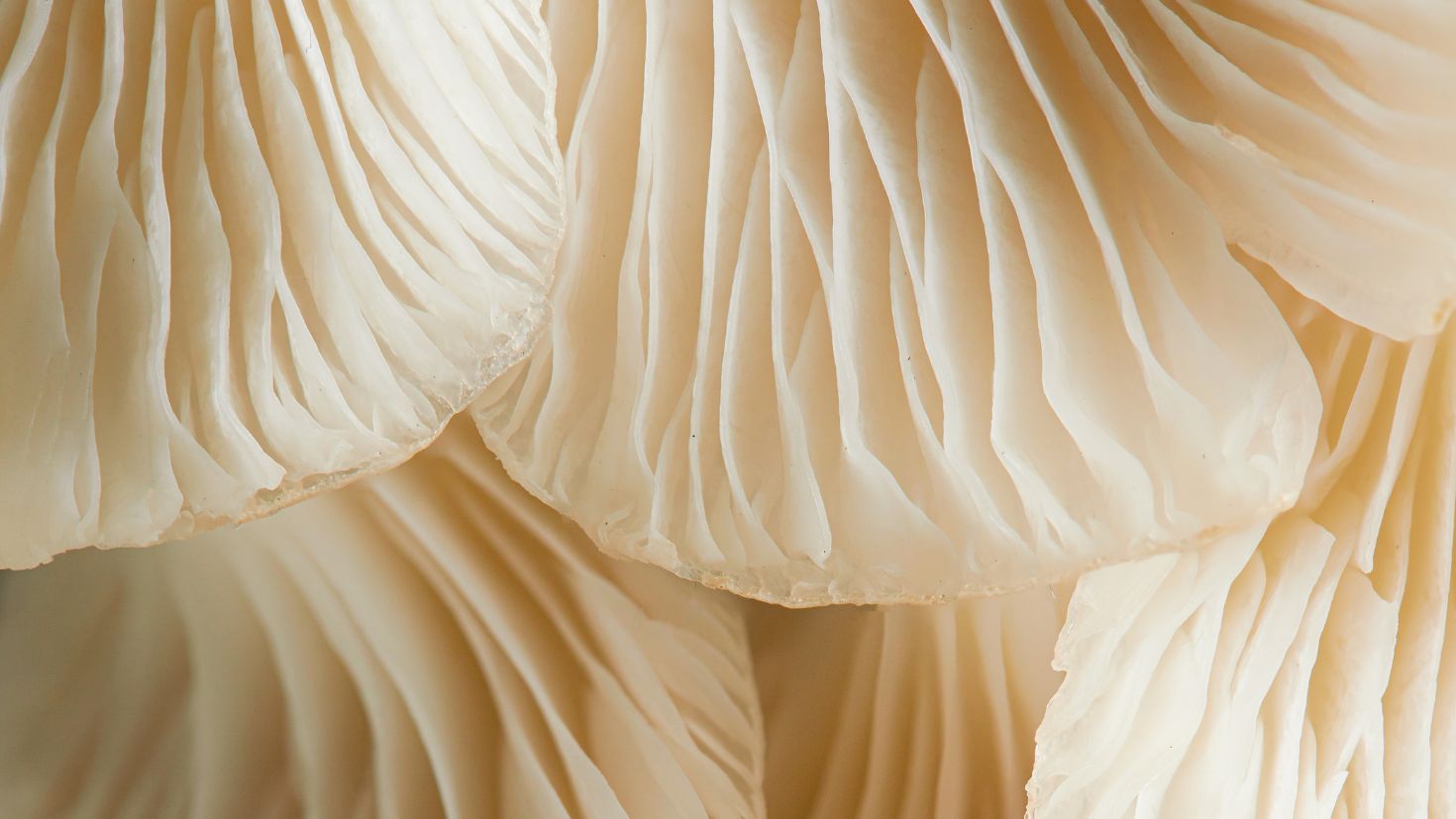



 Vegan Handbag The "L" - Red
Vegan Handbag The "L" - Red


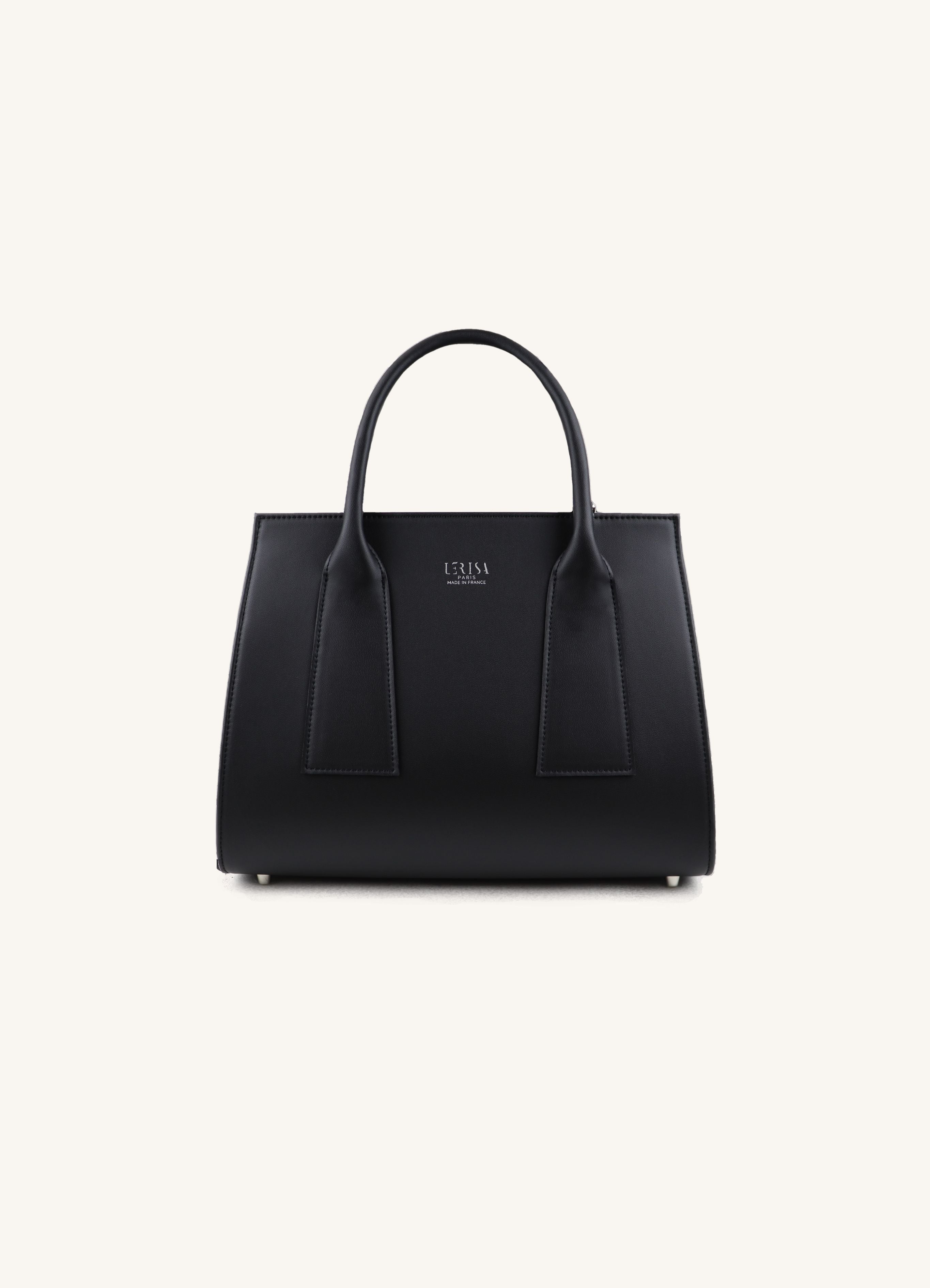
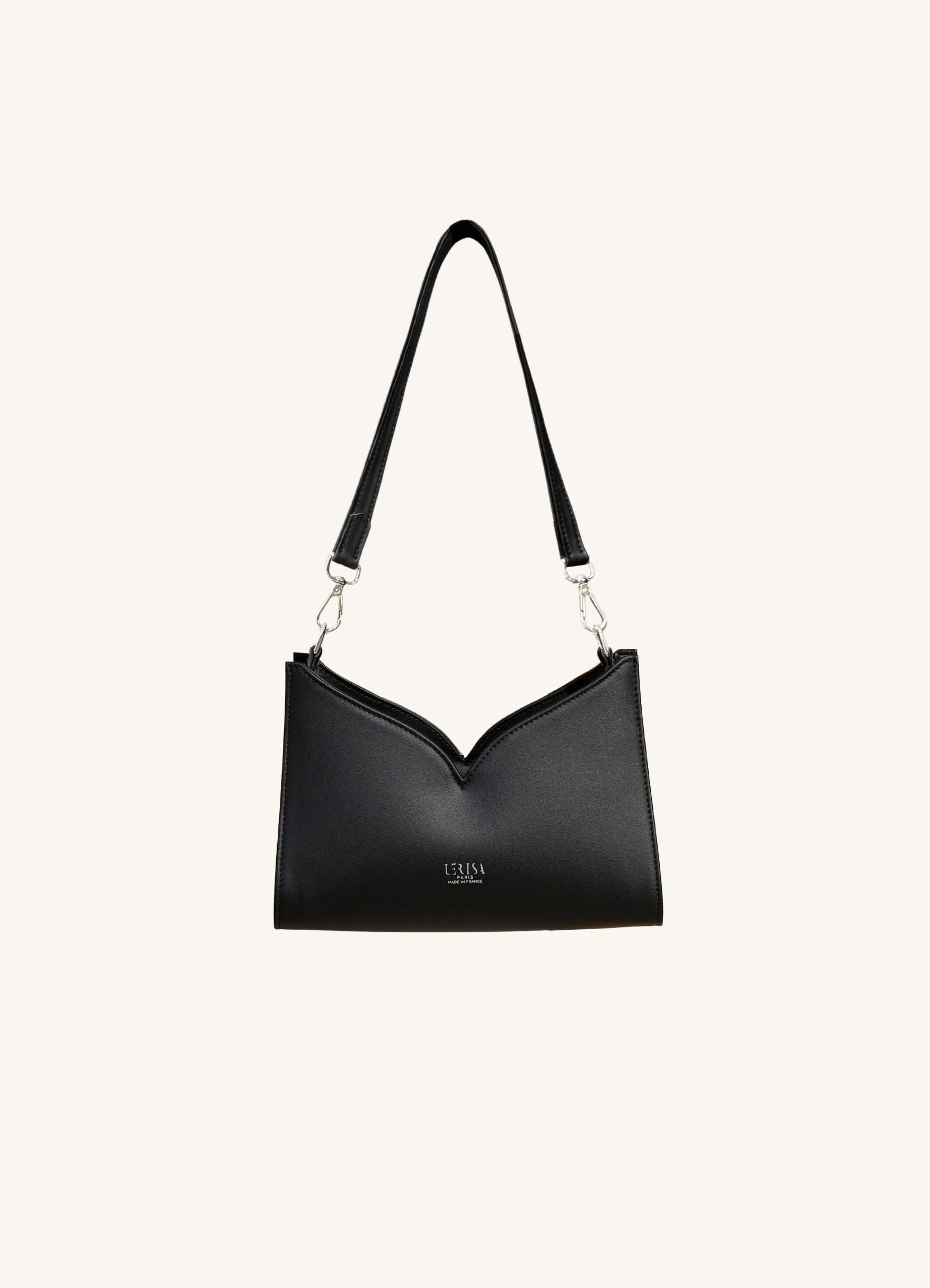
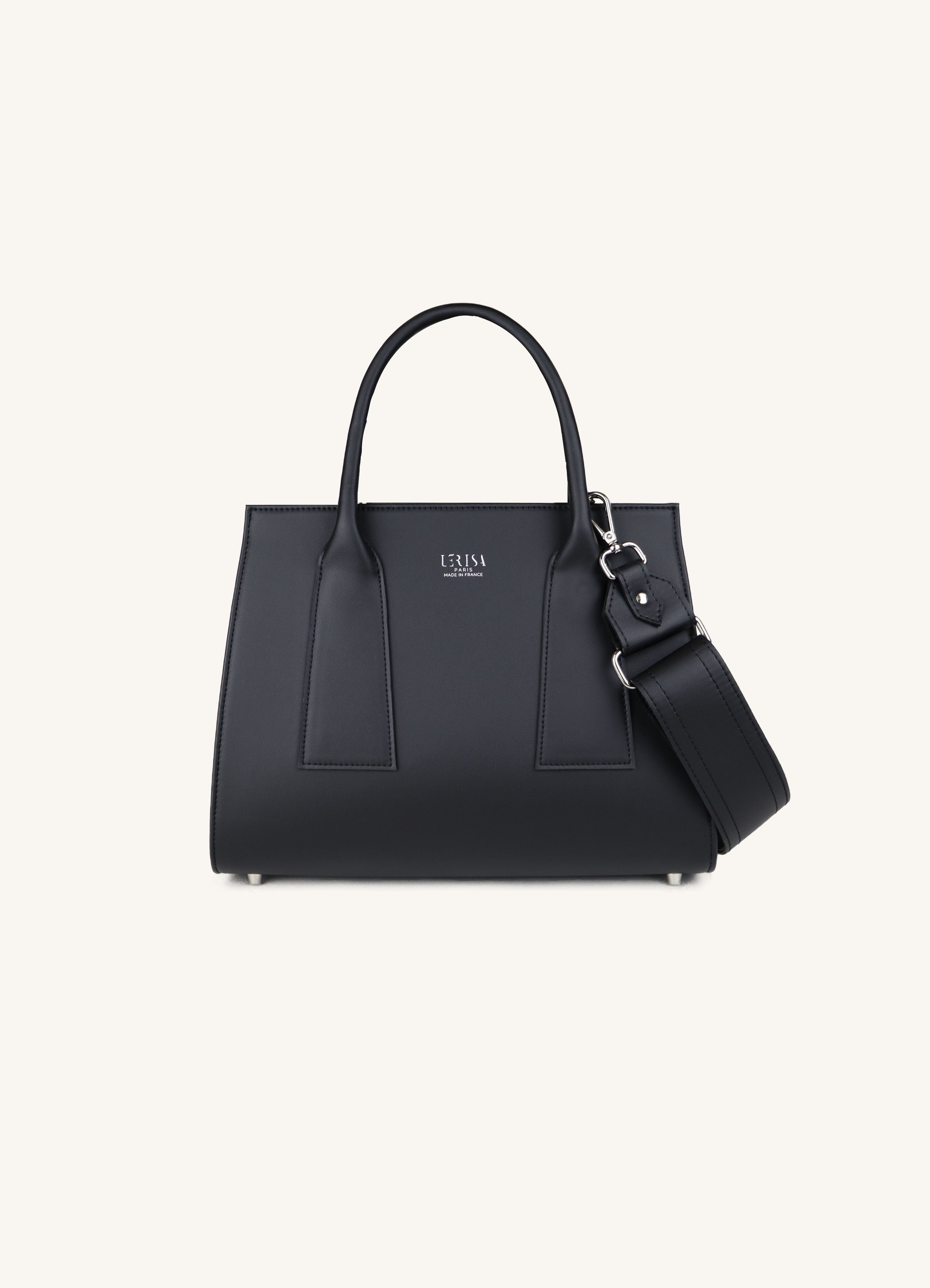
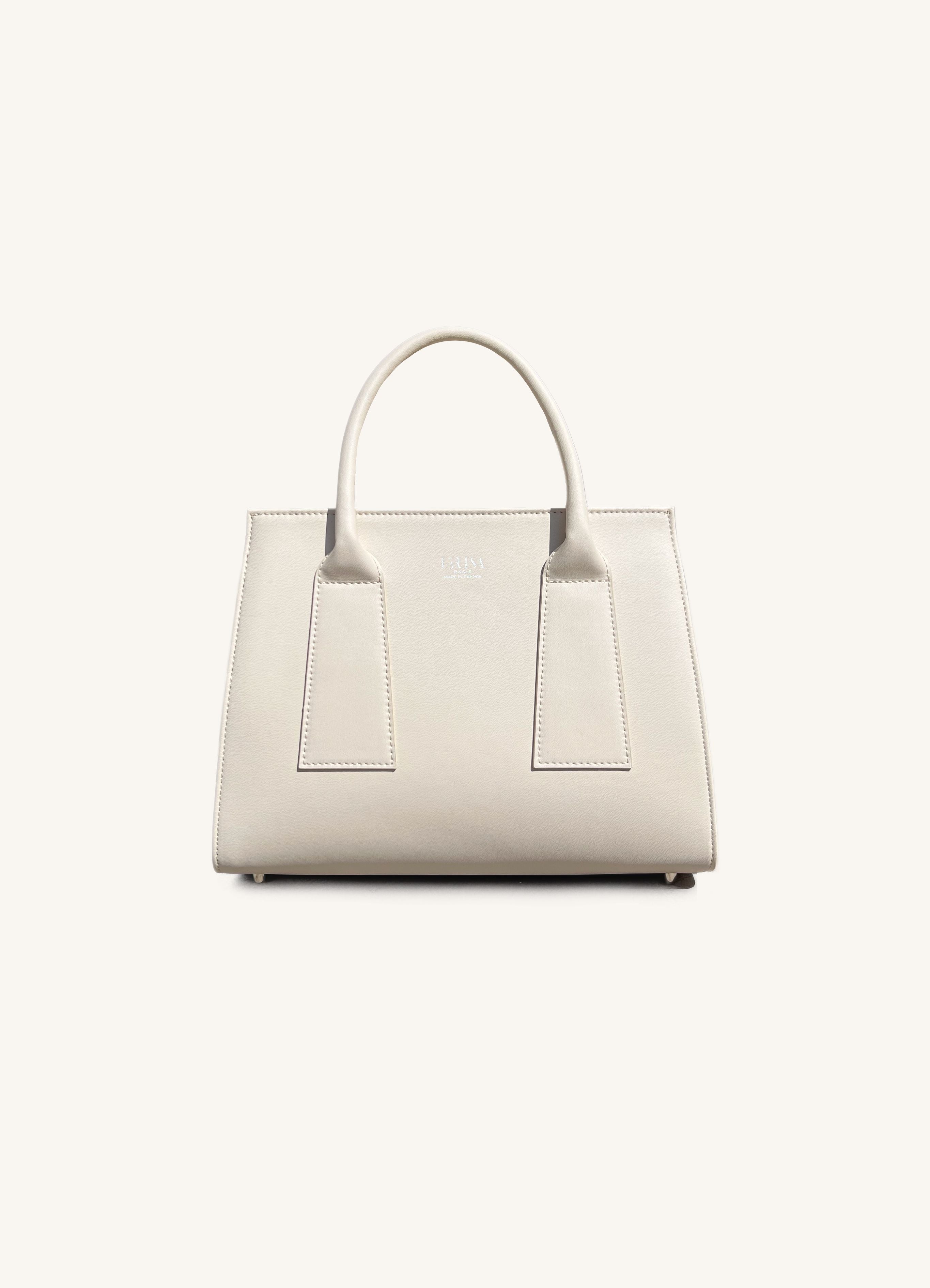
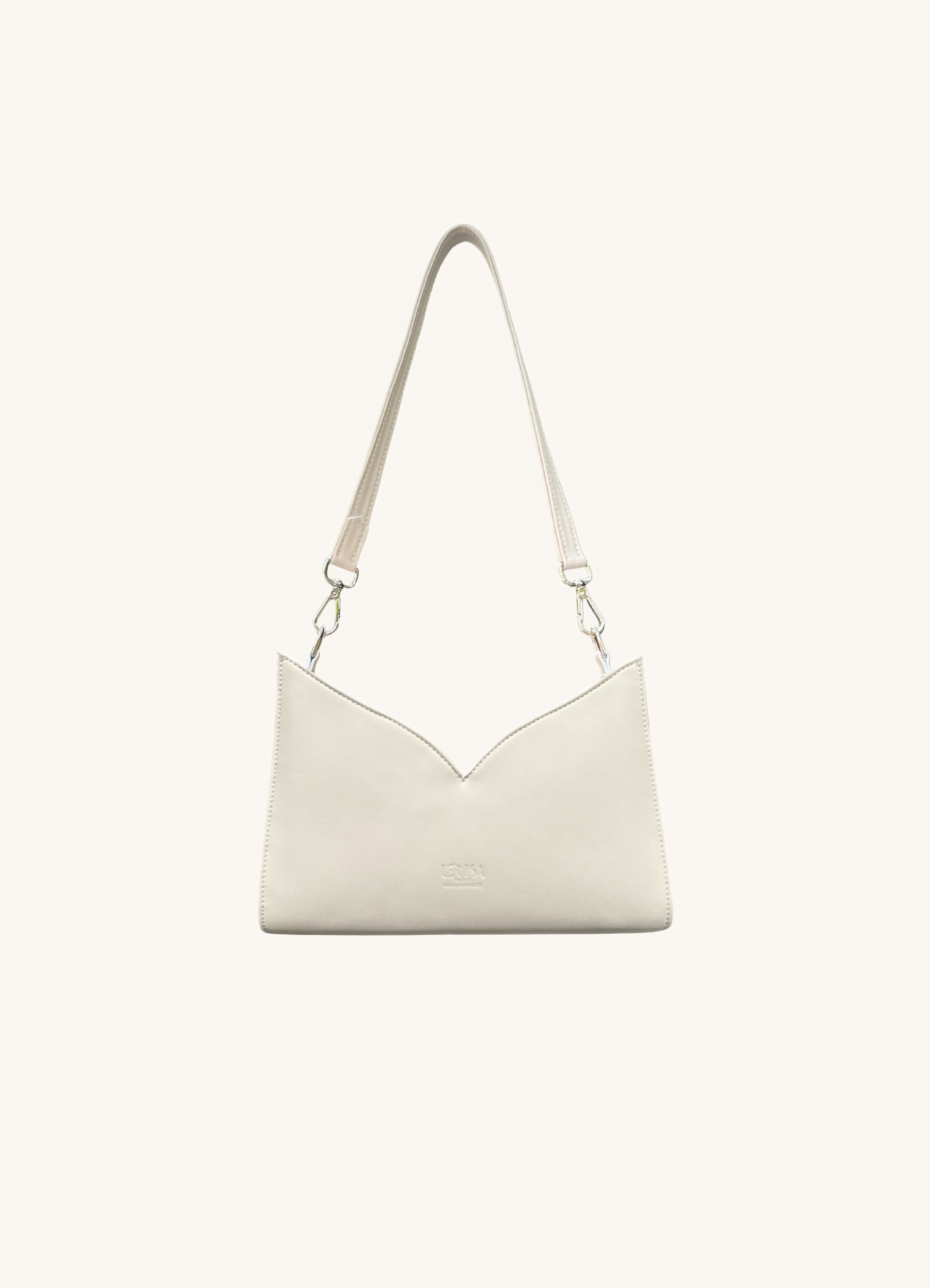
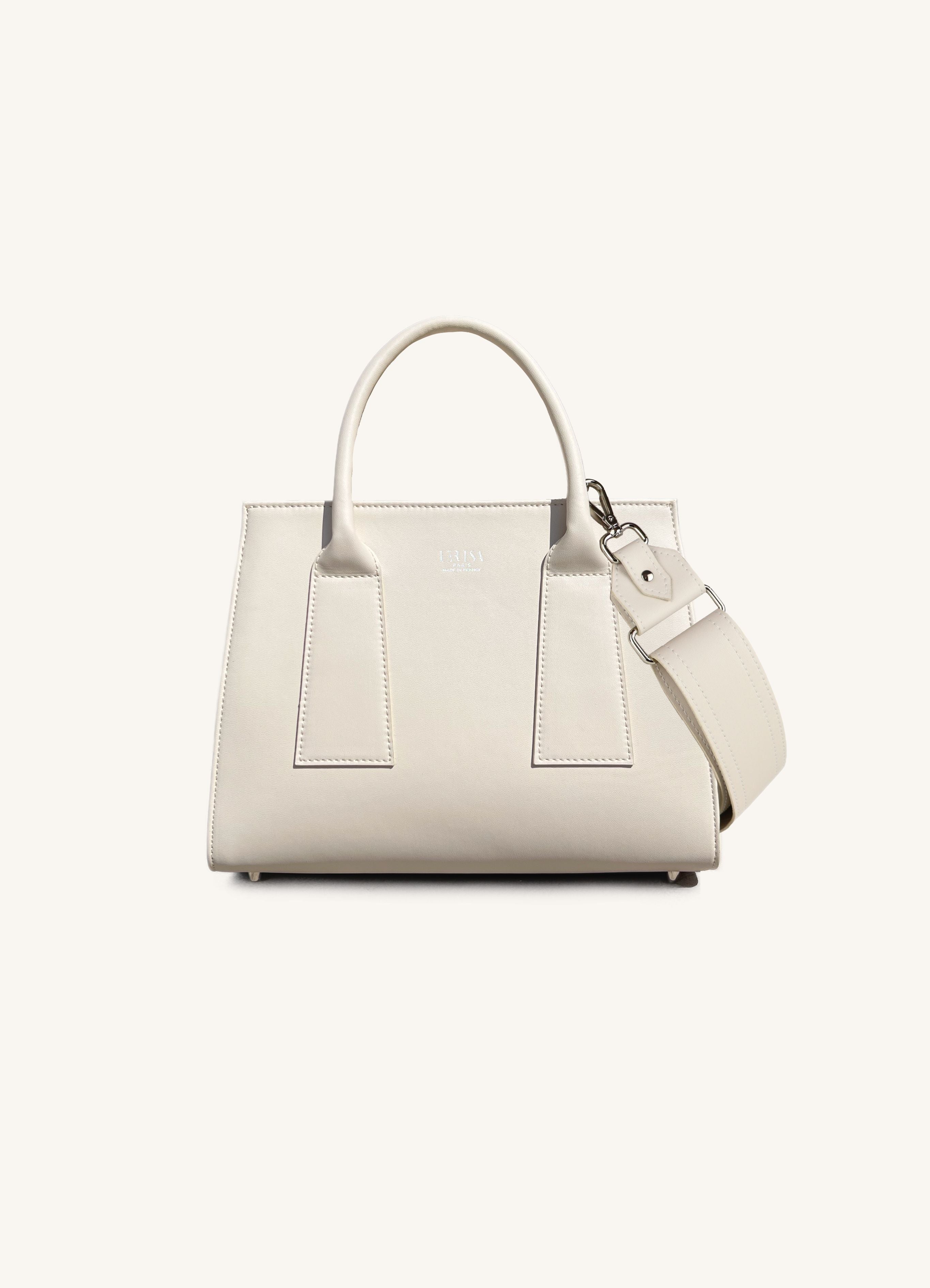

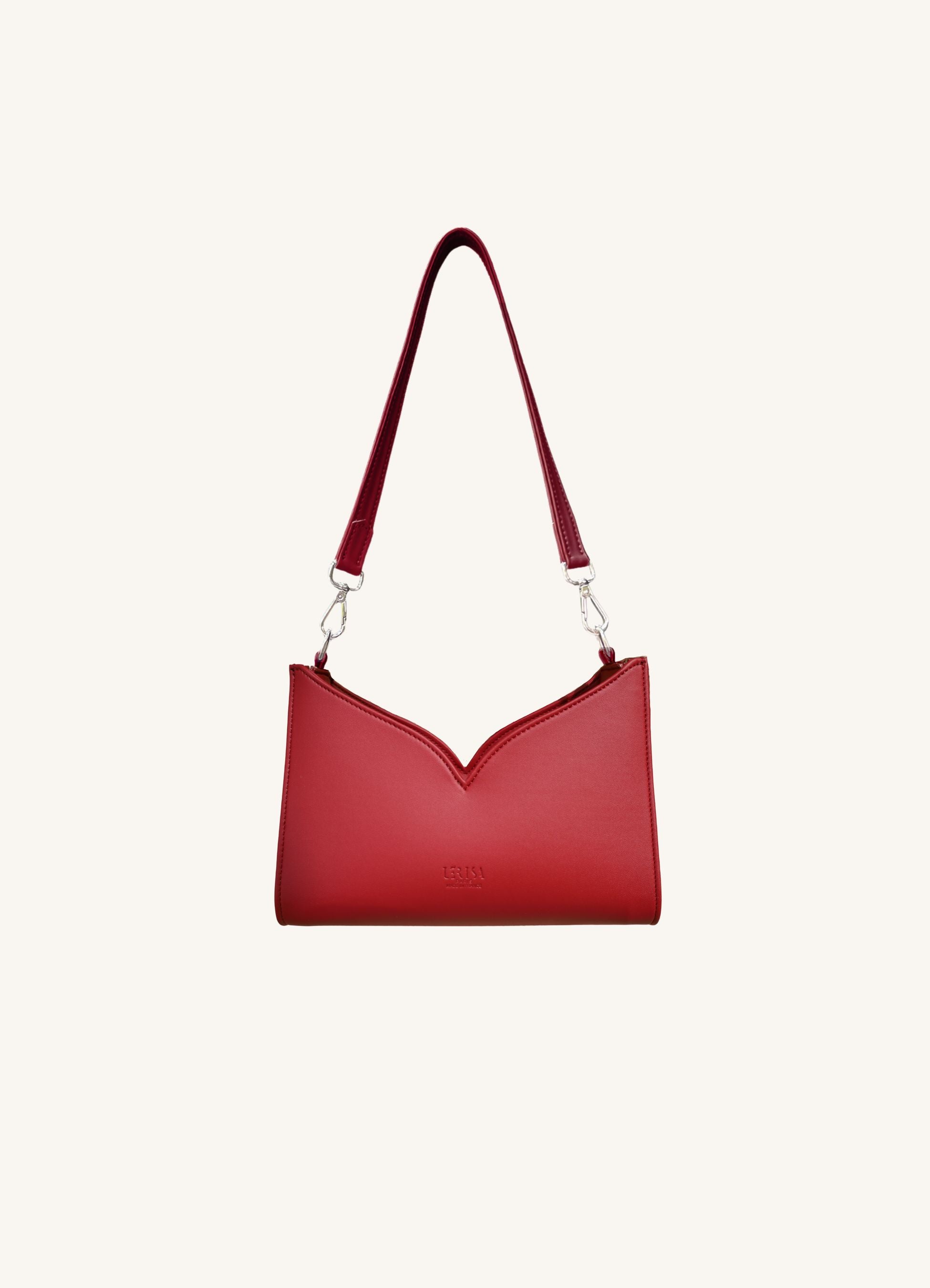

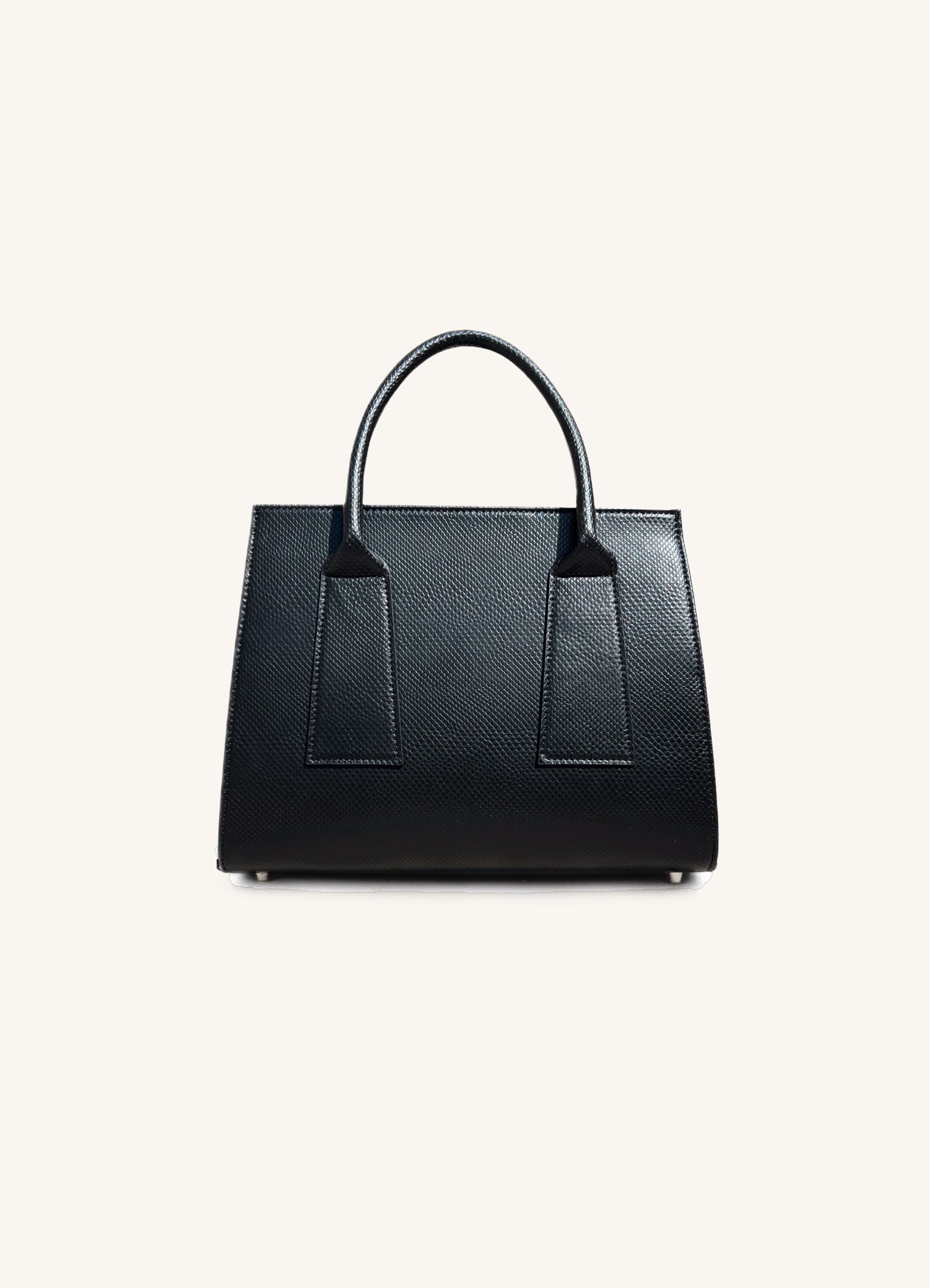


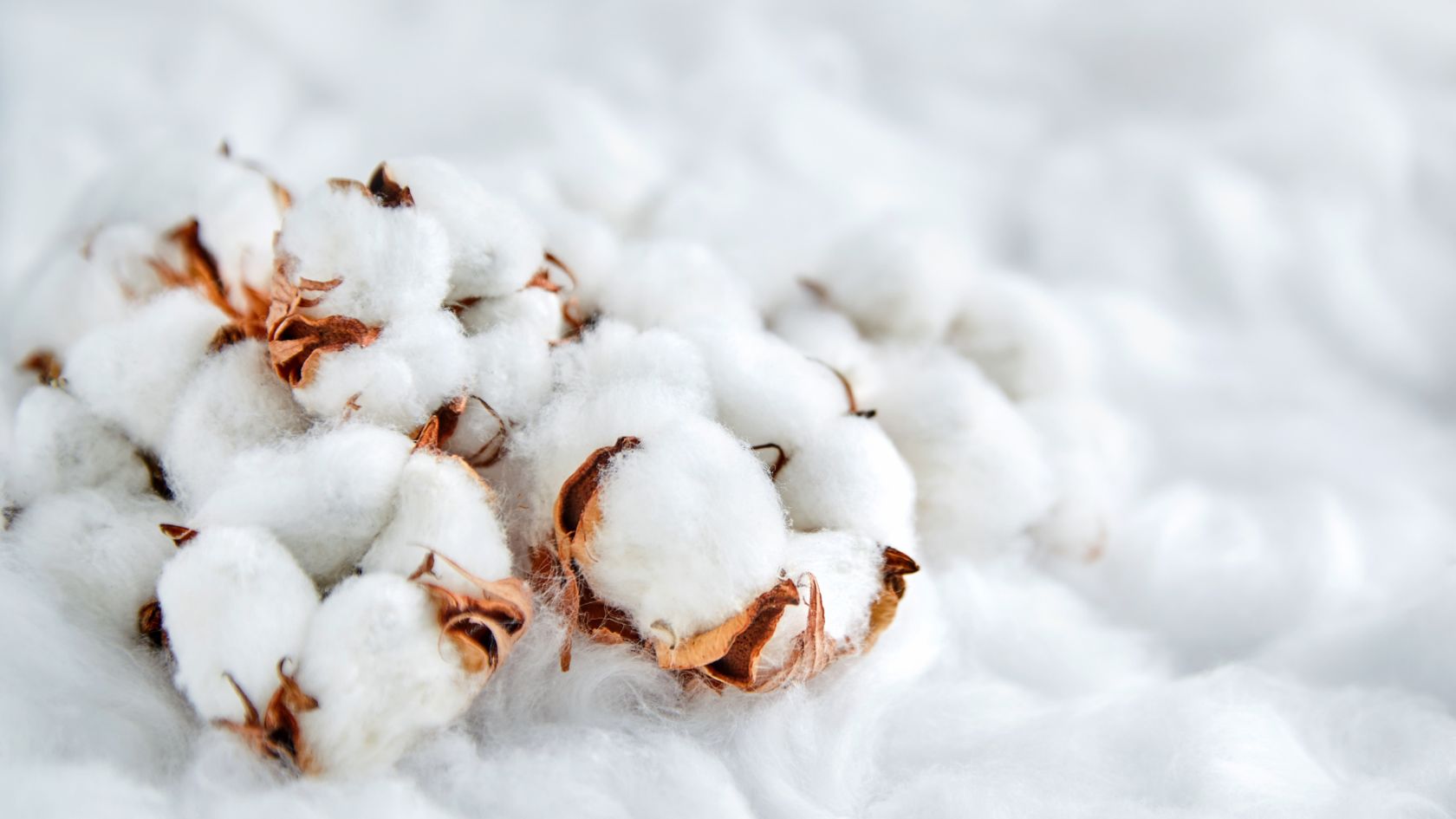
Leave a comment